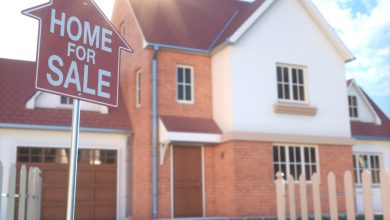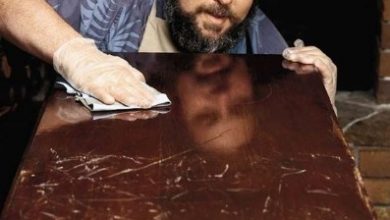What to Consider When Insulating a Log Cabin

Log cabins are unique structures in that they offer both the comfort and charm of a traditional home and the rustic allure of being surrounded by nature. As such, log cabins require a different approach to insulation to maintain a comfortable indoor temperature while still being able to enjoy the outdoors. Here are a few things to consider when insulating a log cabin.
The climate you live in
The climate you live in can significantly impact the type of insulation you need. For example, if you live in an area with extreme temperatures, you’ll need to choose insulation to withstand the heat and cold. Alternatively, if you live in a relatively mild climate, you might be able to get away with less durable insulation. Climate also affects the R-value of insulation, which measures its ability to resist heat flow. The higher the R-value, the better the insulation will perform. As a result, it’s essential to choose insulation with the appropriate R-value for your climate.
The size of your cabin
When it comes to log cabins, size does matter-particularly when it comes to insulation. The larger the cabin, the more heat it will lose through its walls and roof. As a result, you’ll need to use more insulation to achieve the same level of warmth. There are many options of insulation materials available on the market, so you’ll need to choose the one that best suits your needs. Fiberglass and blown-in cellulose are two popular options. Both are effective at preventing heat loss, but fiberglass is generally less expensive. If you’re looking for a more eco-friendly option, consider using recycled denim or wool. Whatever material you choose, make sure to add enough insulation to keep your cabin cozy all winter long.
The type of construction
When you’re planning to build an insulated log cabin, one of the critical decisions you’ll need is what type of logs to use. There are many different types of logs available on the market. Each one has its advantages and disadvantages. Once you’ve chosen your logs, it’s vital to select an insulation material that will work well with them. For example, if you’re using logs made from softwoods like cedar or pine, choosing an insulation material that won’t cause the logs to rot is essential. Likewise, if you’re using logs made from hardwoods like oak or maple, you’ll need to choose an insulation material that can stand up to the rigors of weathering and insects. With so many different options available, it’s essential to do your research before making a final decision.
Your budget
When it comes to home improvement, few things are more important than insulation. Proper insulation helps to keep your home warm in the winter and cool in the summer, saving you money on your energy bills. However, insulation can also be one of the most expensive items on your home improvement list. That’s why it’s crucial to find an insulation option that fits your budget. There are a variety of insulation materials available, ranging from spray foam to fiberglass batting, so you’re sure to find something that meets your needs. In addition, many home improvement stores offer discounts on insulation, so be sure to check for sales before making your purchase. With a bit of research, you can find an insulation option that fits your needs and budget
The R-value
The R-value is a measure of how well insulation will resist heat flow. The higher the R-value, the better the insulation will keep your home or office warm in the winter and cool in the summer. Many factors go into determining the R-value of insulation, including the type of material, the thickness of the insulation, and the density of the material. In general, fiberglass, cellulose, and foam insulation have higher R-values than other types of insulation. If you are looking for the best possible insulation for your home or office, check the R-value before purchasing.
The installation
There are various options available on the market when it comes to insulation. While some types of insulation are easier to install than others, all varieties require some level of expertise to achieve the best results. If you’re not sure how to install the insulation yourself, you may need to hire a professional. However, hiring a professional can be costly, and it’s essential to make sure that the person you hire is reputable and qualified. In addition, you’ll need to take into account the type of insulation you’re installing and the climate in your area. With so many factors to consider, it’s best to consult with a professional before deciding.
If you are in the market for insulated log cabins to live in, it is vital to keep these things in mind when it comes to insulation. By choosing the right type of insulation and taking into account the unique needs of insulated log cabins, you can ensure that your home will be comfortable all year round.
Read more: streameast





